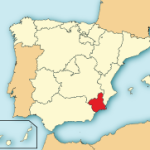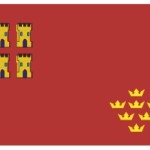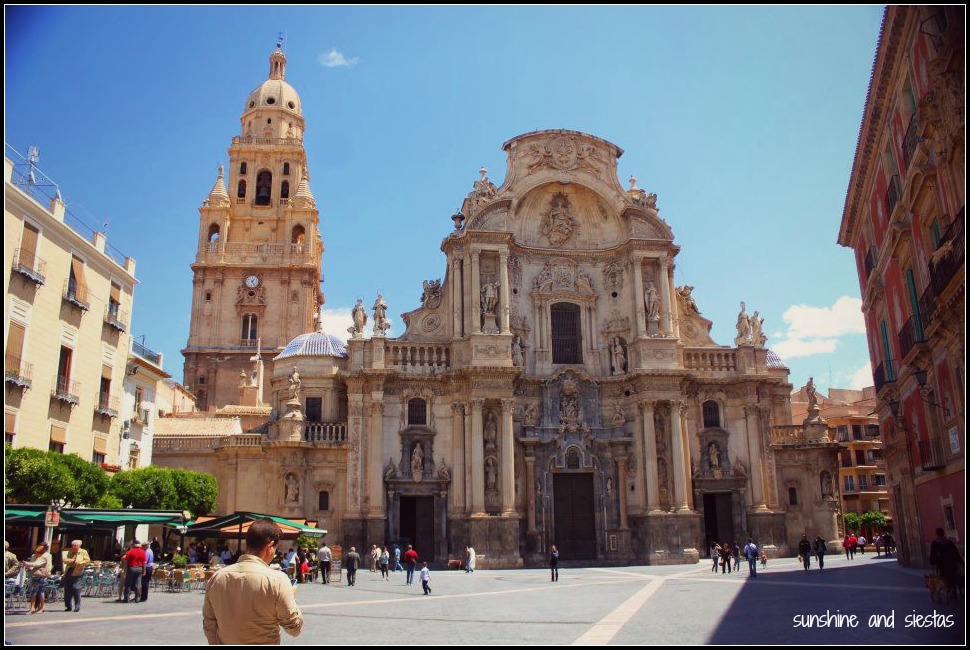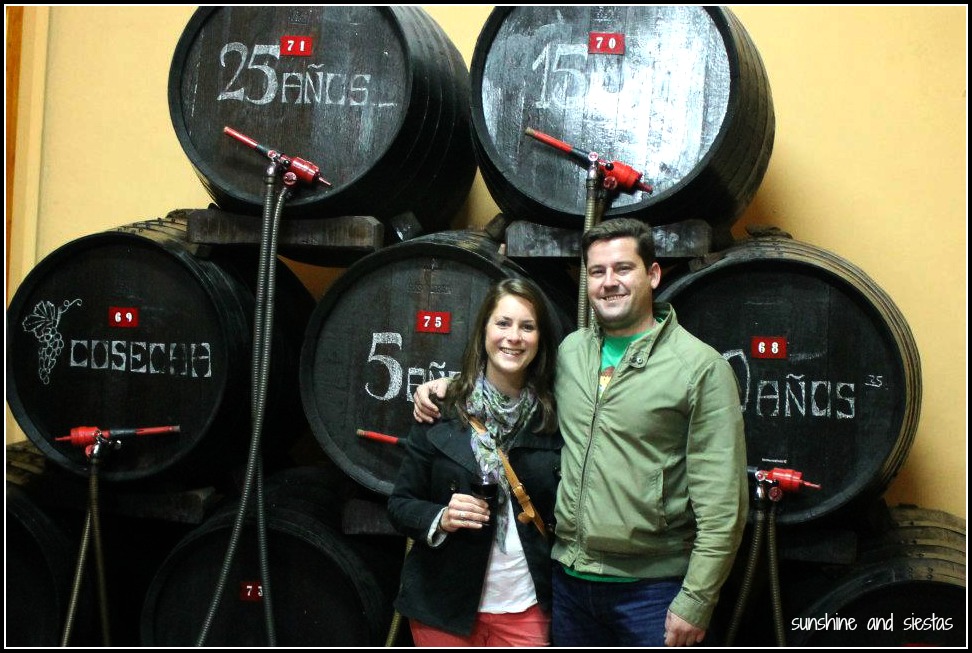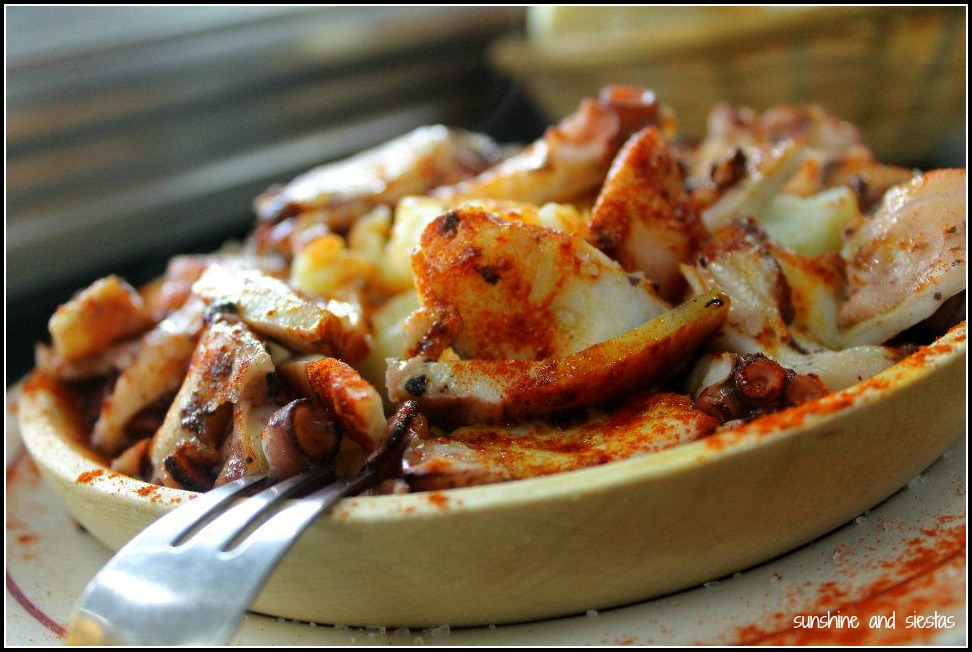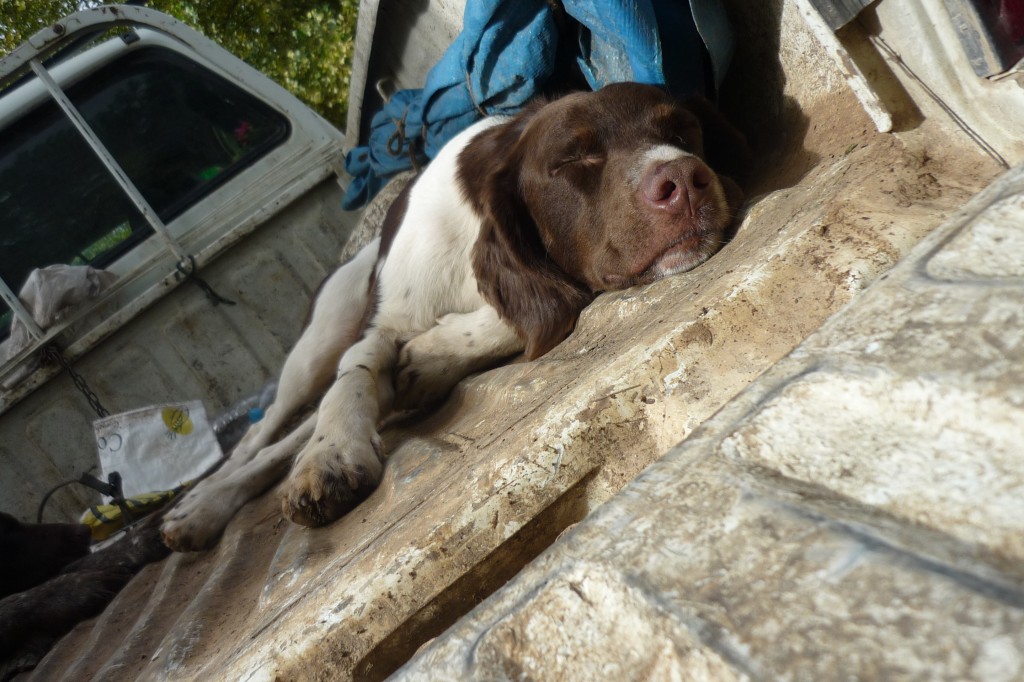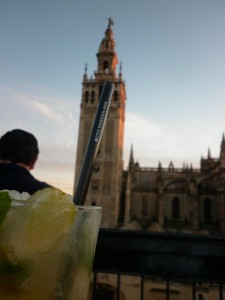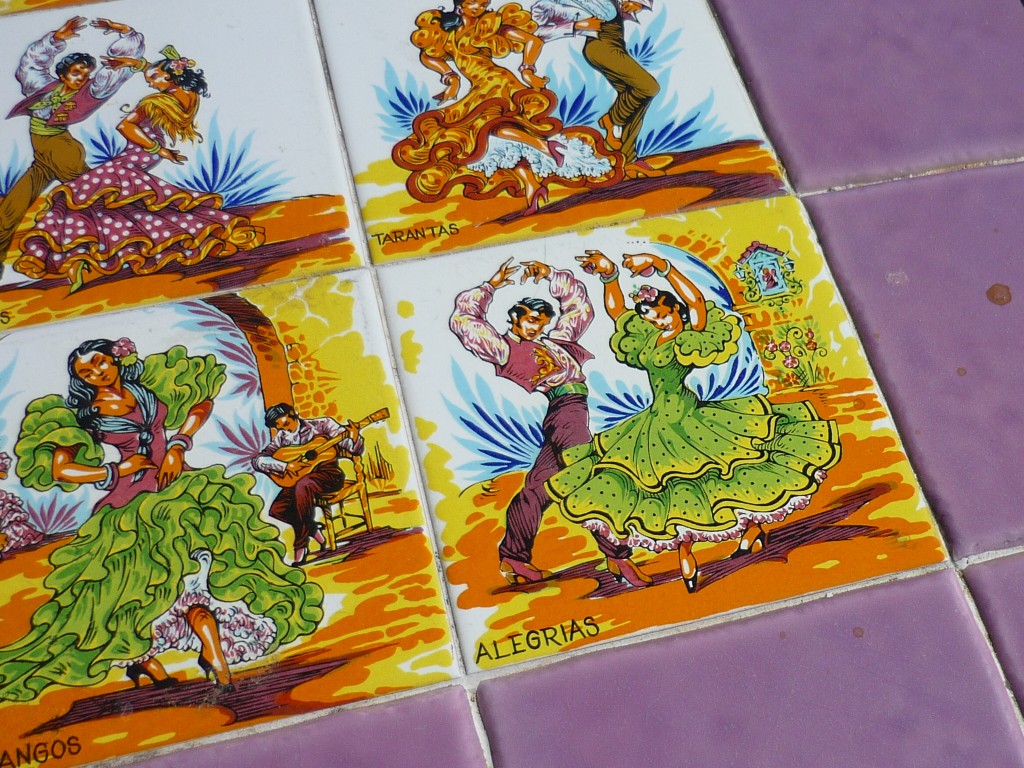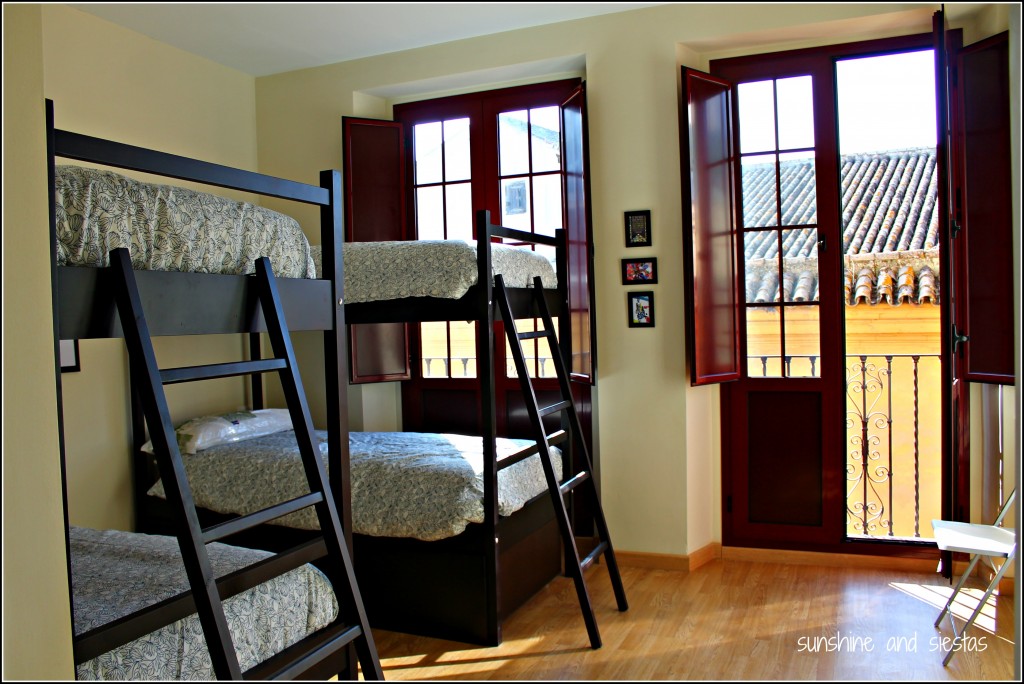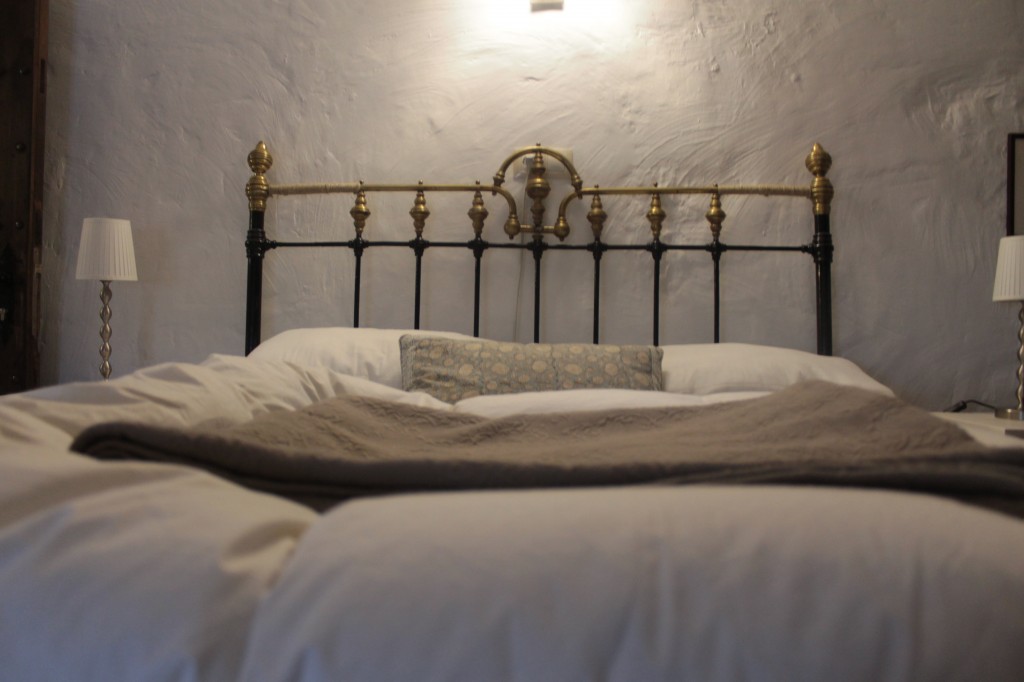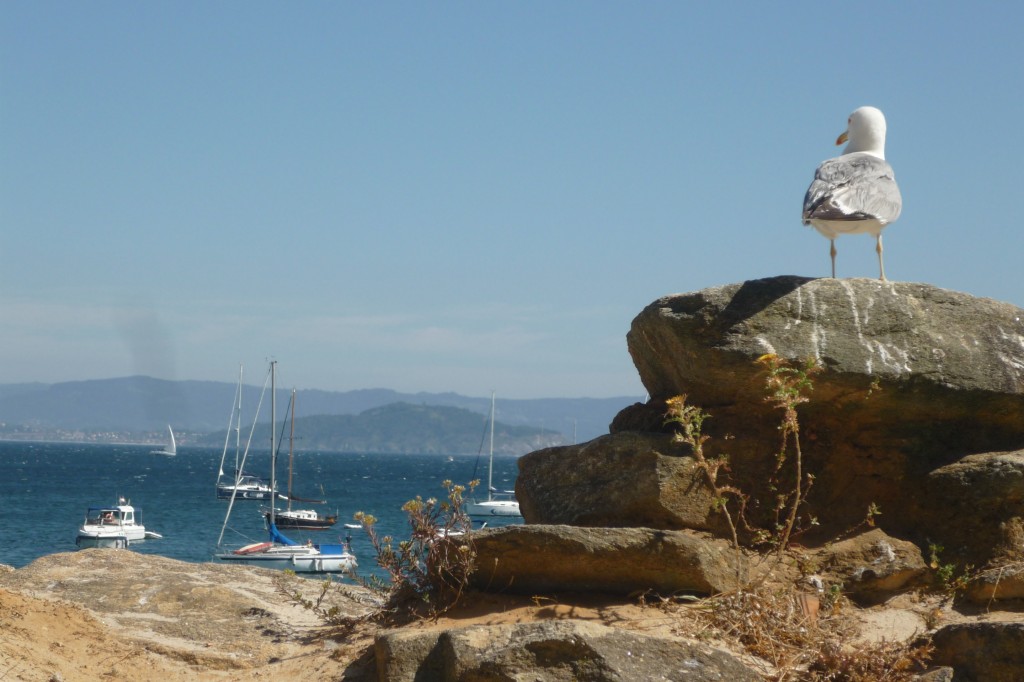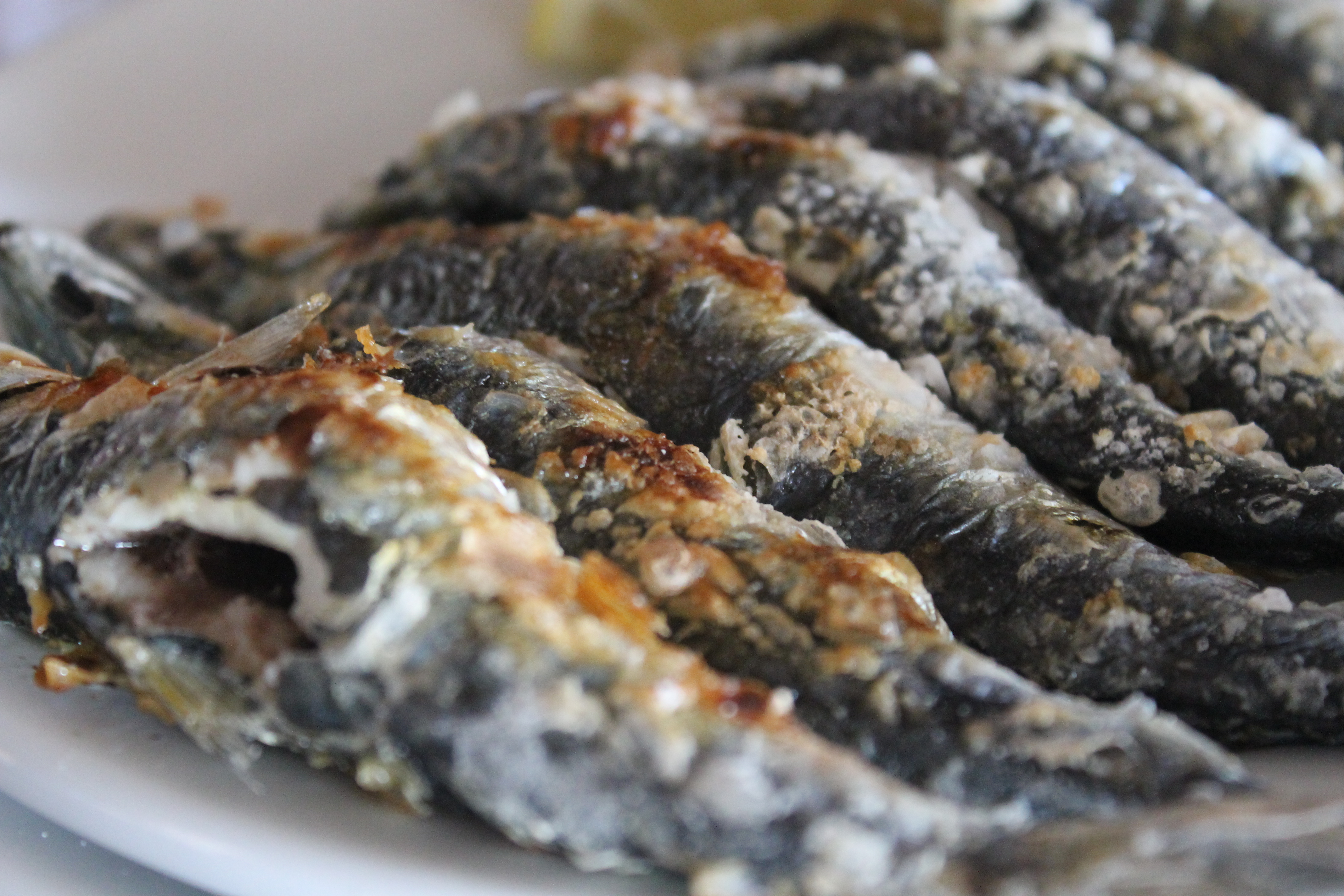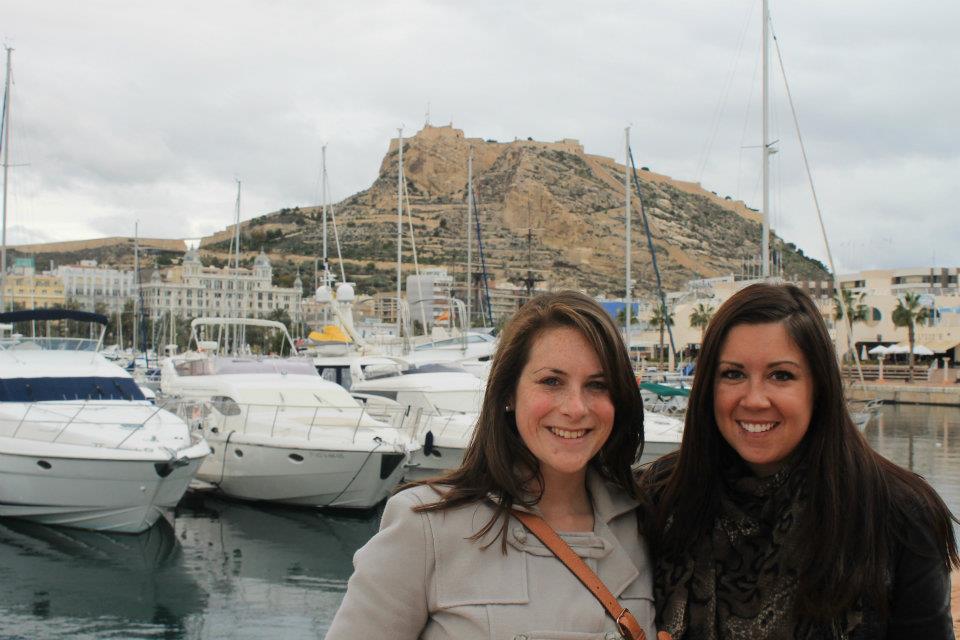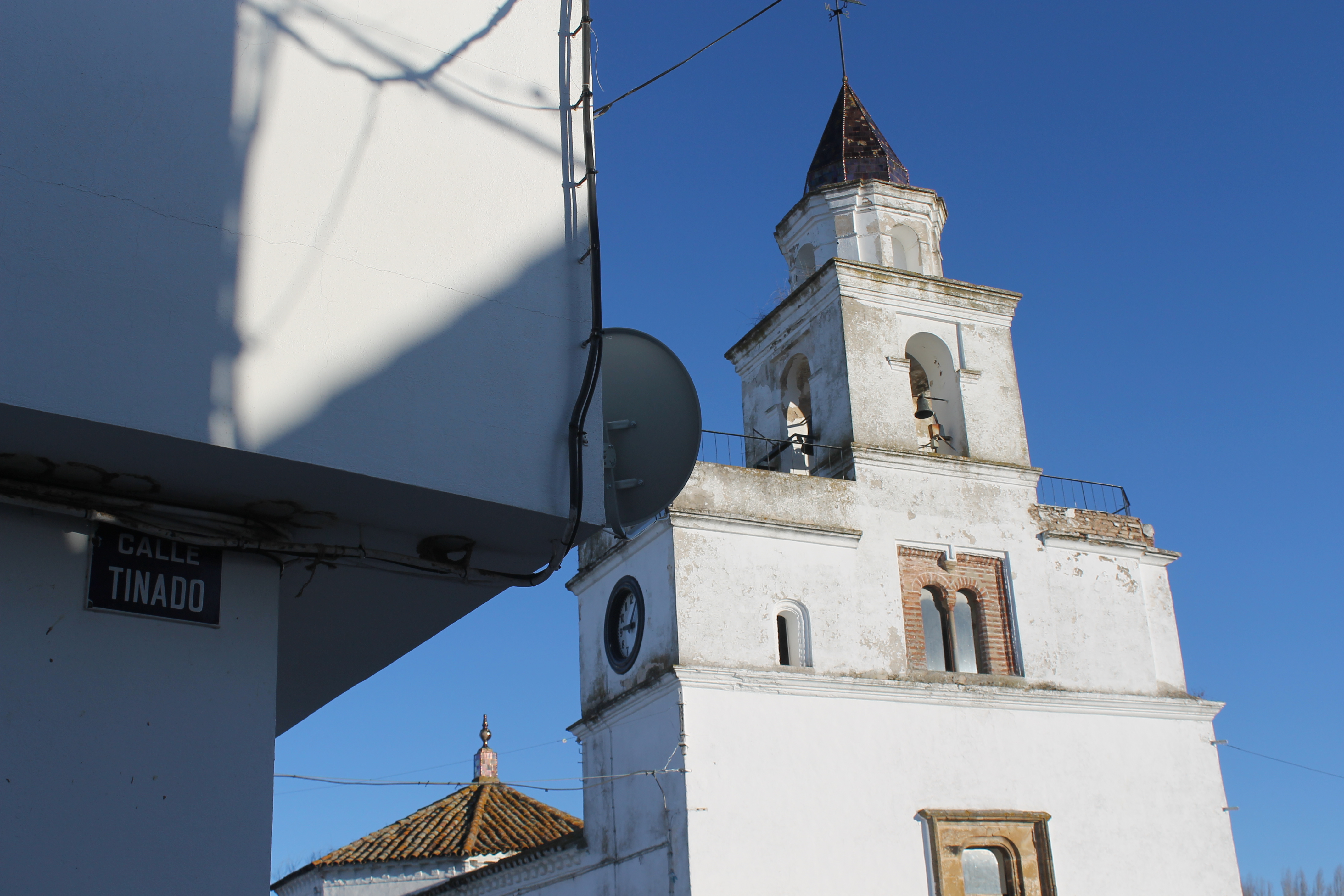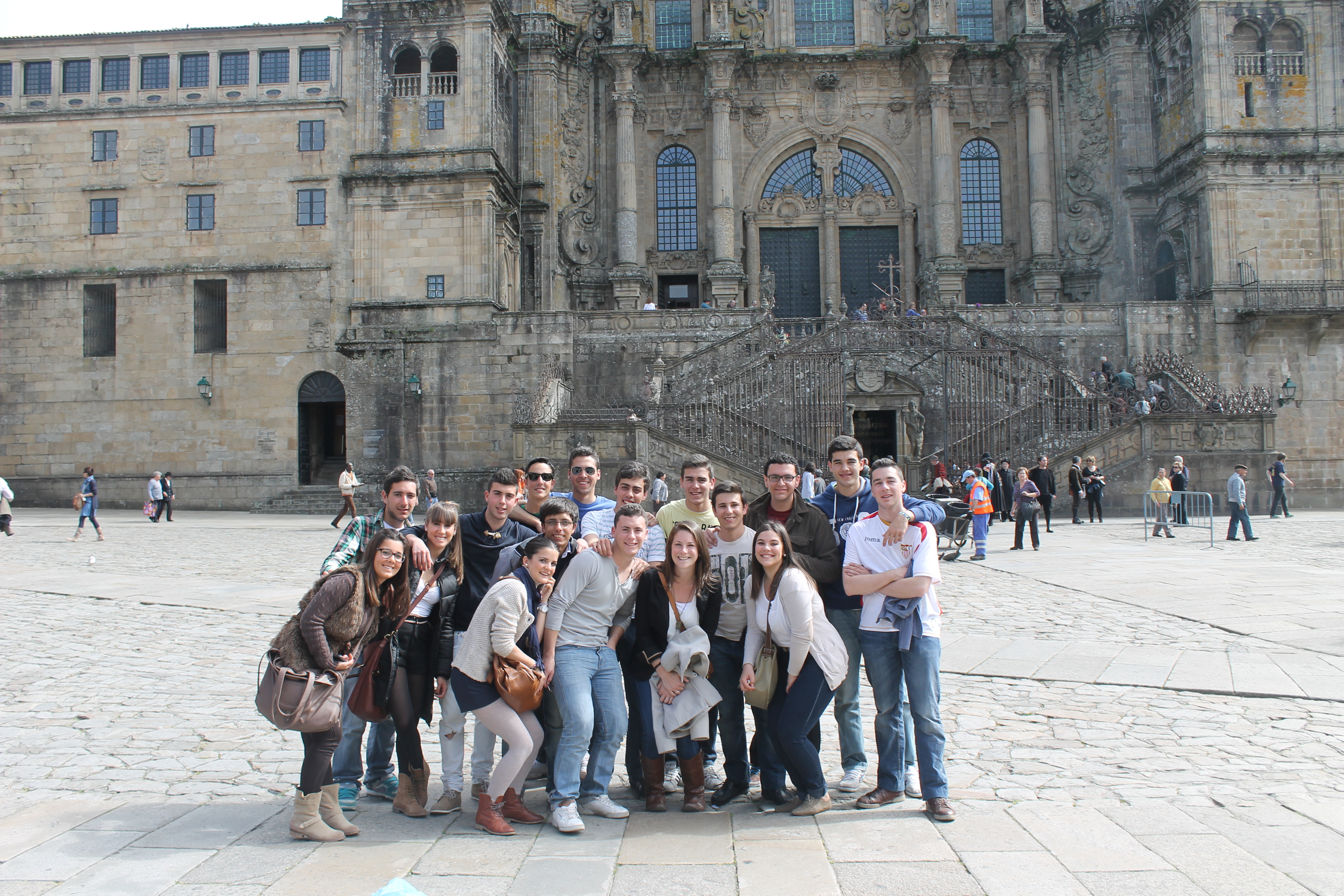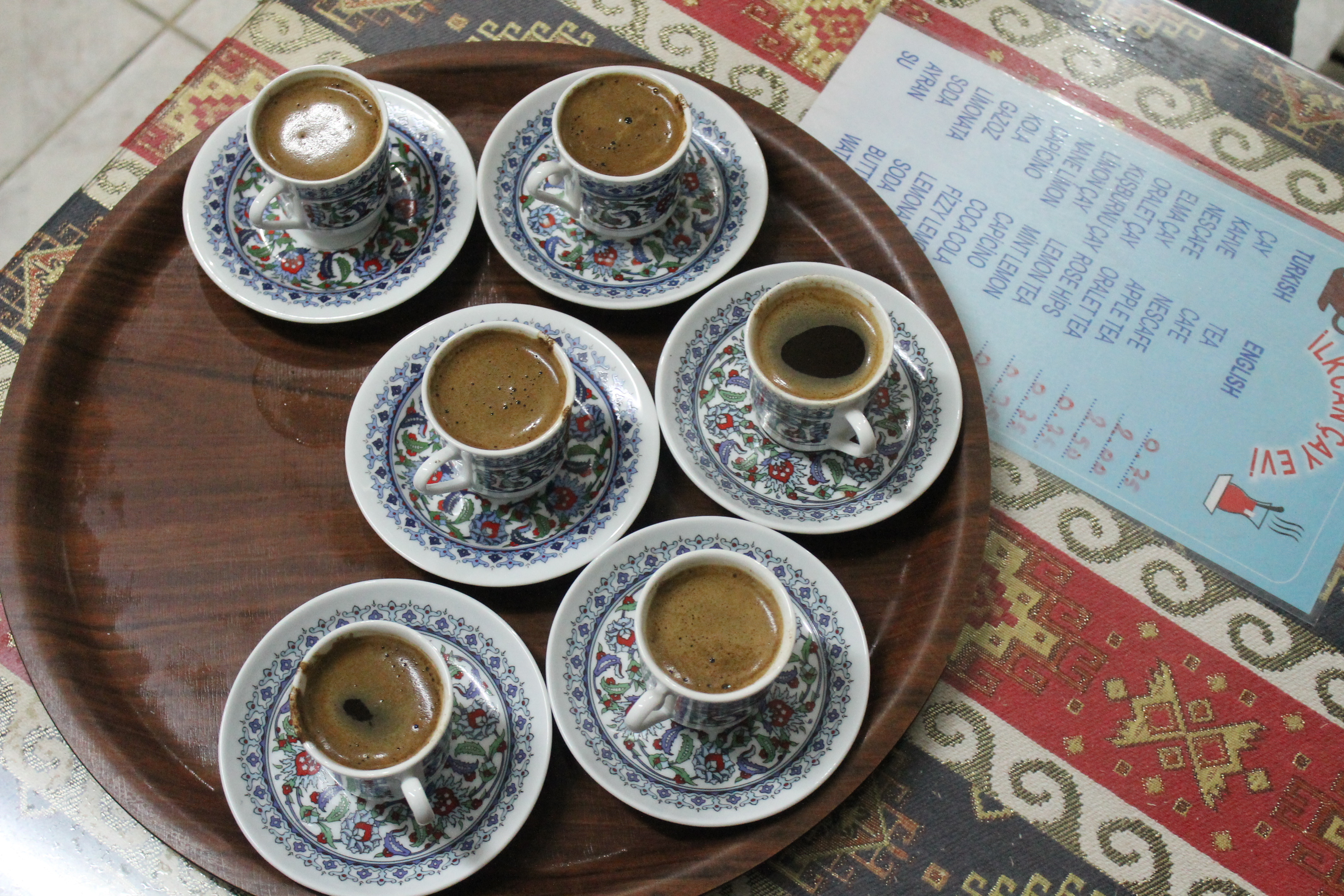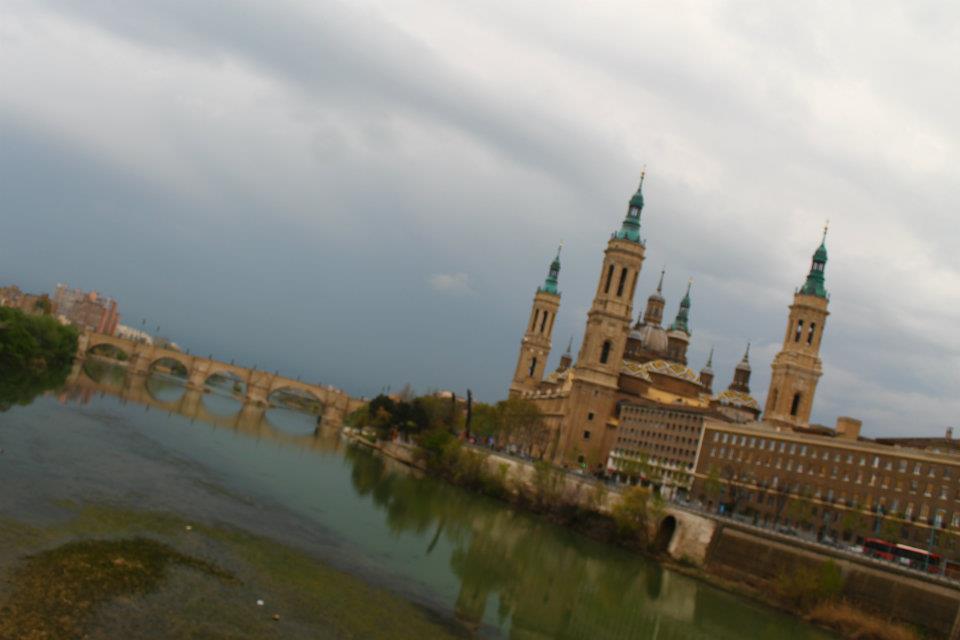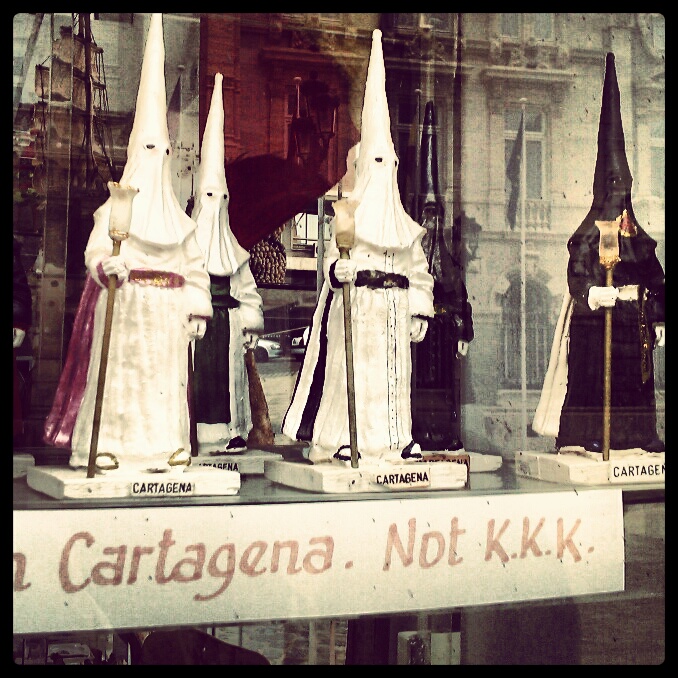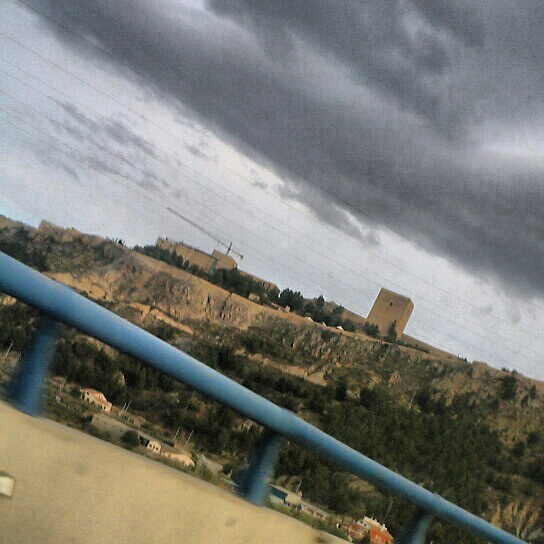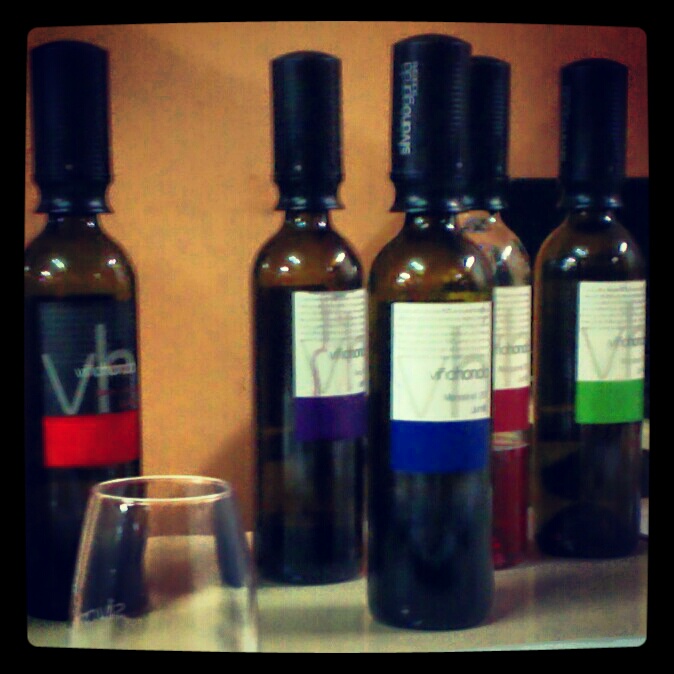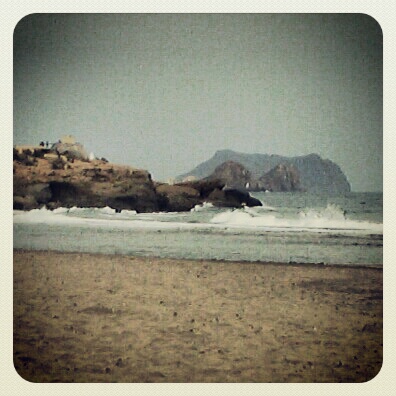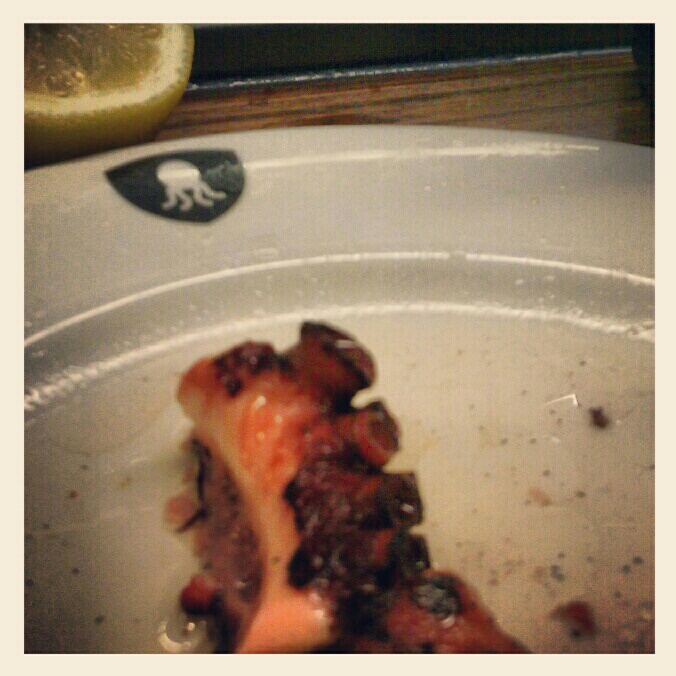Not one to make travel goals, I did make one when coming to Spain: visit all 17 autonomous communities at least once before going home. While Madrid, Barcelona and Seville are the stars of the tourist dollar show (and my hard-earned euros, let’s not kid around here), I am a champion for Spain’s little-known towns and regions. Having a global view of this country has come through living in Andalucía, working in Galicia and studying in Castilla y León, plus extensive travel throughout Spain.
The ride out to Murcia is a long one – close to six hours and all across Andalucía – and it took me five years in Spain to make it there. Taking advantage of the Novio’s training course in Cartagena, I braved a six-hour solo bus ride back to be able to tick this far-flung region off of my list. Wedged between Andalucía, Valencia and Castilla-La Mancha and with poor connections to larger cities, Murcia is often an afterthought for tourists.
Name: Murcia
Population: 1.4 million, nearly a third of whom live in Murcia capital
Provinces: Just one, with the administrative capital located in the city of the same name.
When: 16th of 17, May 2012
About La Región de Murcia: The Carthaginians put the region on the map, founding the city of Cartagena, which would become a strategic naval city and home to the production of the world’s first submarine. Known as Cartago Novo, the city’s influence diminished under the Roman occupation of Iberia before the Moors introduced large-scale irrigation.
Nowadays, Murcia has more than earned the moniker of Spain’s Fruitbasket (La Cesta de España), due to its high production of fruits and vegetables.
Once the caliphate of Córdoba fell in the 11th Century, Murcia – then called Todmir – became an independent taïfa, or self-governing state. A century later, the Moorish king surrendered the area to Ferdinand III, making Murcia a part of the Castillian kingdom and therefore protected from the Moors in Granada and the Aragoneses. In turn, Castilla has a Mediterranean port.
Still, this treaty was not met without strife, and small battles broke out between the descendents of the Moors, mudéjares, and Christians. At the end of the 13th Century, revolt had been squashed by Jaime of Aragón, and he took possession of the Kingdom of Murcia. Oh, but then the Black Plague reached Spanish shores, but thanks to Castilla and Aragón uniting under the matirmony of the Catholic Kings, population – as well as agriculture and ship building – again surged.
The Rennaisance, Golden Age and Baroque periods were relatively peaceful, and arts and sciences flourished. After the Guerra de Independencia and a heavy favor towards Madrid, Murcia became an independent region, encompassing parts of Albacete, Almería and Alicante, and finally an autonomous community in 1982 under the current constitution.
Even today in Spain, it’s widely unknown and thus a budget traveler’s dream (and you get free tapas in many cities!).
Must-sees: Murcia capital is a bustling university city and Spain’s seventh largest urban area. It has Moorish and Baroque flavor, a tangle of lovely streets and plazas and braised octopus dishes on offer in its bars.
Winos will appreciate the region’s budding wine industry, which shares a DO with Madrid. Jumilla, Yecla and Bullas feature family-run bodegas with cheap and plentiful tastings.
Tourism in Murcia is largely outdoor draws – the Costa Cálida and its beaches, golf resorts, hiking and the Vía Verde.
Holy Week processions in the capital and Carnaval festivities are huge draws for tourists, particularly in coastal Águilas. The Veracruz de Caravaca also highlights the skirmishes between the Moors and Christians during the Reconquist. And, who wouldn’t want to see the birthplace of Charo?!
My take: Should Murcia be on your must-see list while visiting Spain? That depends.
If you’re looking for monumental Spain, this is not it: a handful of crumbling castles dot the landscape and Murcia’s university presence runs deep, but Murcia is most attractive for its cheap and unspoilt resorts and low cost of living. Still, I’d like to see more of the region and eat more baked octopus!
Have you ever traveled around the Murcia province? What do you like (or not) about it?
Want more Spain? Andalucía | Aragón | Asturias | Islas Baleares | Islas Canarias | Cantabria | Castilla y León | Castilla-La Mancha | Cataluña | Extremadura | Galicia | La Rioja | Madrid

